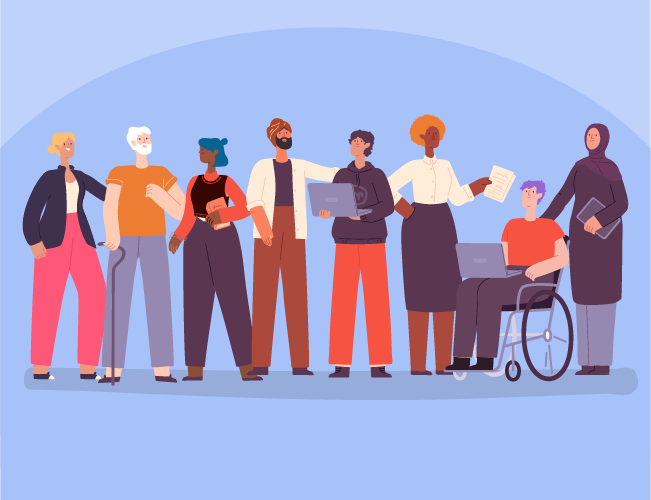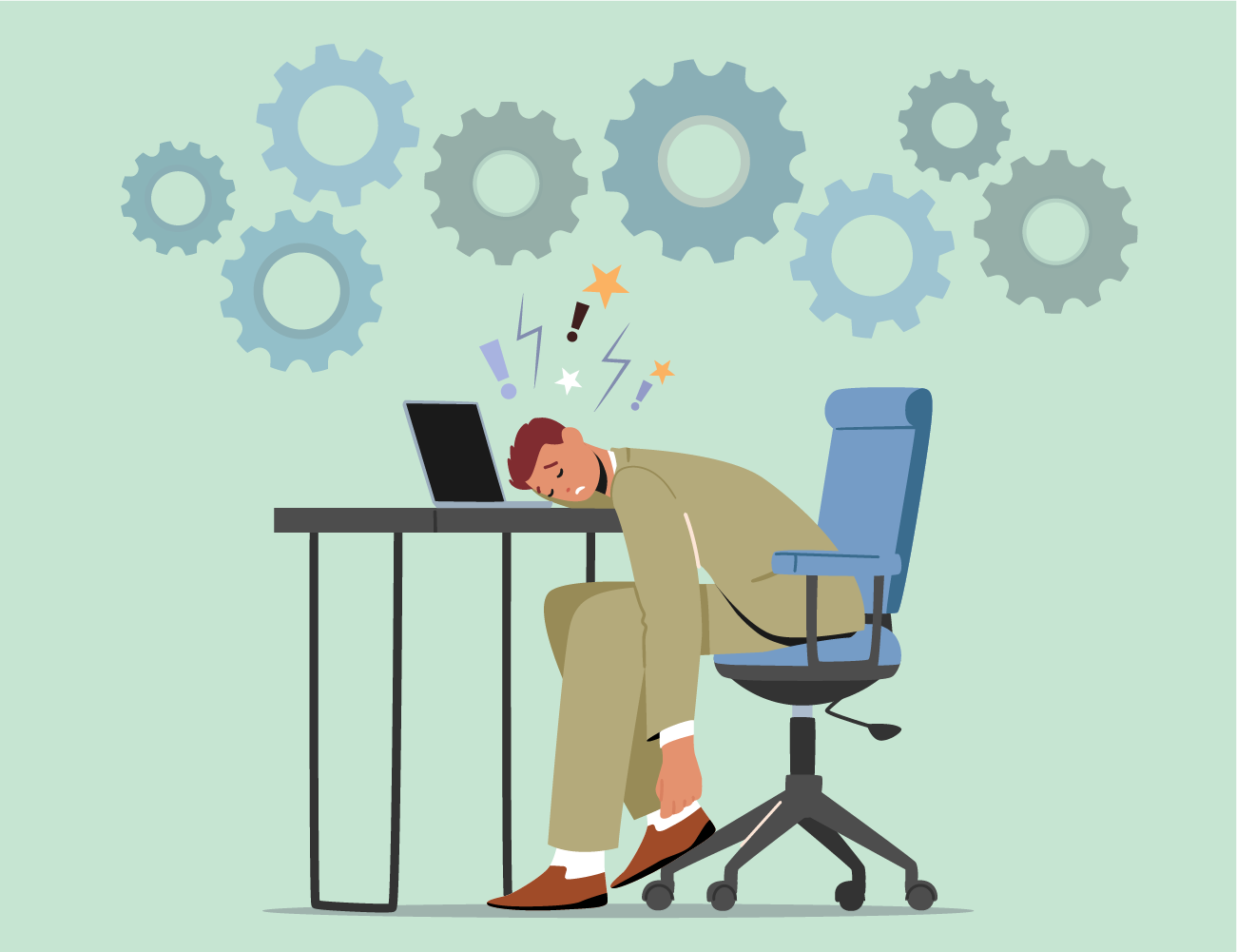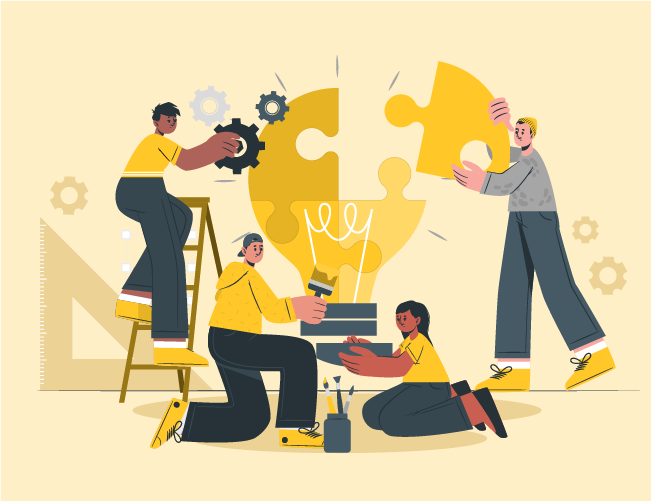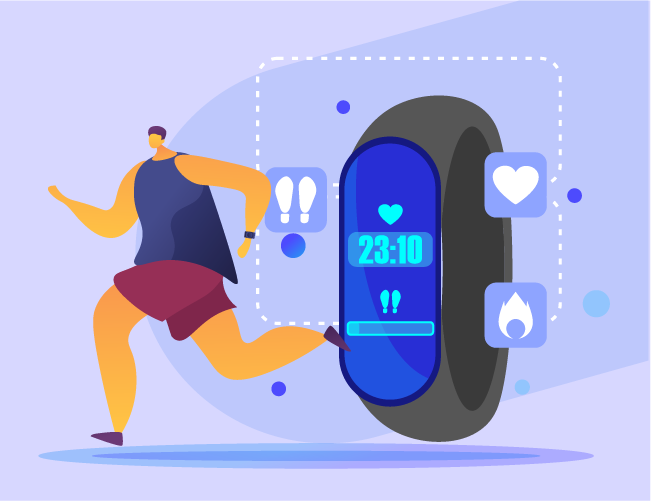Organizational Joy: What It Is, Why It’s Important, And How To Cultivate It
Despite the importance of organizational joy, employees experience it far less than they want or expect to. Discover how to erase this “joy gap” and unlock the value of corporate happiness.
Four Tips For Maintaining DEI In Hybrid Workplaces
The design of the hybrid workplace presents a novel but increasingly common barrier to workplace diversity equity and inclusion efforts. Explore how to continue moving the DEI needle forward in a hybrid work environment with these four tips!
Six Tips For Combatting Organizational Change Fatigue
Organizations must constantly evolve to survive. When these changes are too extreme, too frequent, or improperly implemented, employees may experience organizational change fatigue (OCF). This post offers six strategies companies can implement to reduce the degree to which organizational changes are cognitively and emotionally burdensome, thereby decreasing the odds that their employees experience OCF.
A Psychological Perspective On Employee Engagement
Though employee engagement is often proclaimed to have a significant impact on outcomes like employee wellness, productivity, innovation, and retention, its definition is rarely discussed. This post provides an analysis of employee engagement to help employers assess the range of claims made about it, determine whether their employees are in fact engaged, and cultivate engagement if it is found to be lacking.
How The LGBTQI+ Community Fairs In The Workplace: Harms, Obstacles, And Inequities
While there have been many efforts to increase diversity, equity and inclusion (DEI) based on race and gender, companies are beginning to direct their attention to other relevant identities. In particular, organizations are thinking more about how to develop successful DEI programs for the LGBTQI+ community. In doing so, they must remain mindful of the unique challenges that members of this community face, some of which are described in detail in this post.
Studies: Fitbit Use Associated With Physical Activity Improvements
Wearable devices, like the Fitbit and Apple Watch, continue to rise in popularity. While this consumer fitness tech promises to be a low-cost alternative to traditional health interventions, it is still unclear how to effectively leverage these technologies to make significant improvements with users’ physical health and well-being.
Upskilling: An Overlooked Wellness Strategy To Boost Productivity
Helping employees develop new skills is not only valuable to employers and overall productivity, but it is highly valued by employees themselves. If you are considering making upskilling part of your employee well-being strategy, here are some tips to help you get started.
Positive Work Cultures Boosts Productivity And Health
For those that take a holistic approach to well-being, it is common knowledge that a positive attitude can lead to improved personal health. However, the benefits of positivity don’t stop there. A Harvard Business Review article covers the link between a positive work culture and better employee performance.
Not All Employee Retention Is Good: Study Explores “Reluctant Stayers”
Is there such a thing as bad employee retention? Most studies focus on the costs of unwanted turnover, from loss in productivity to expenses associated with recruitment. A new study, however, explores an often overlooked element of retention. That is, what are the costs of retaining employees that want to leave?











